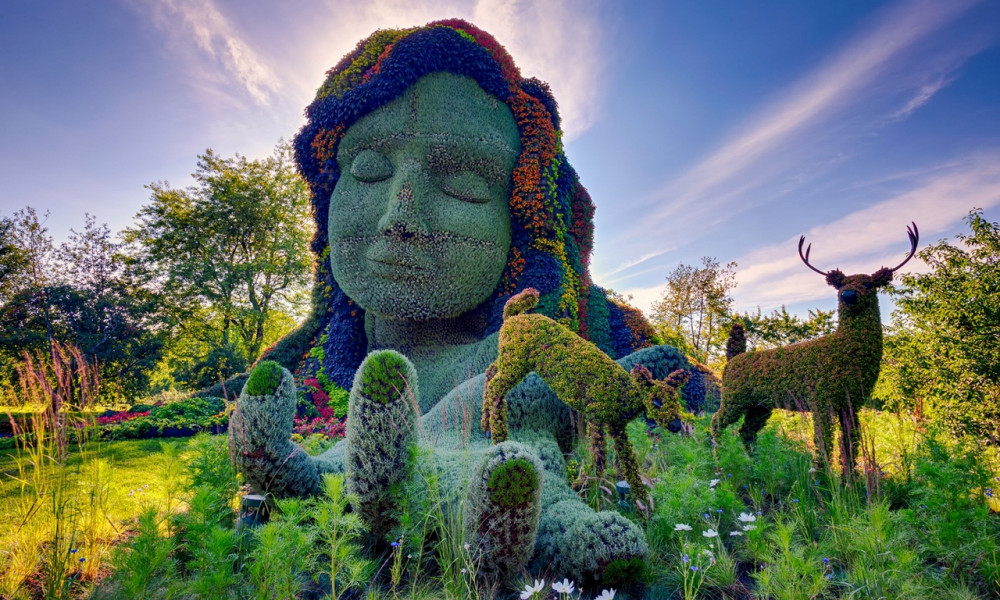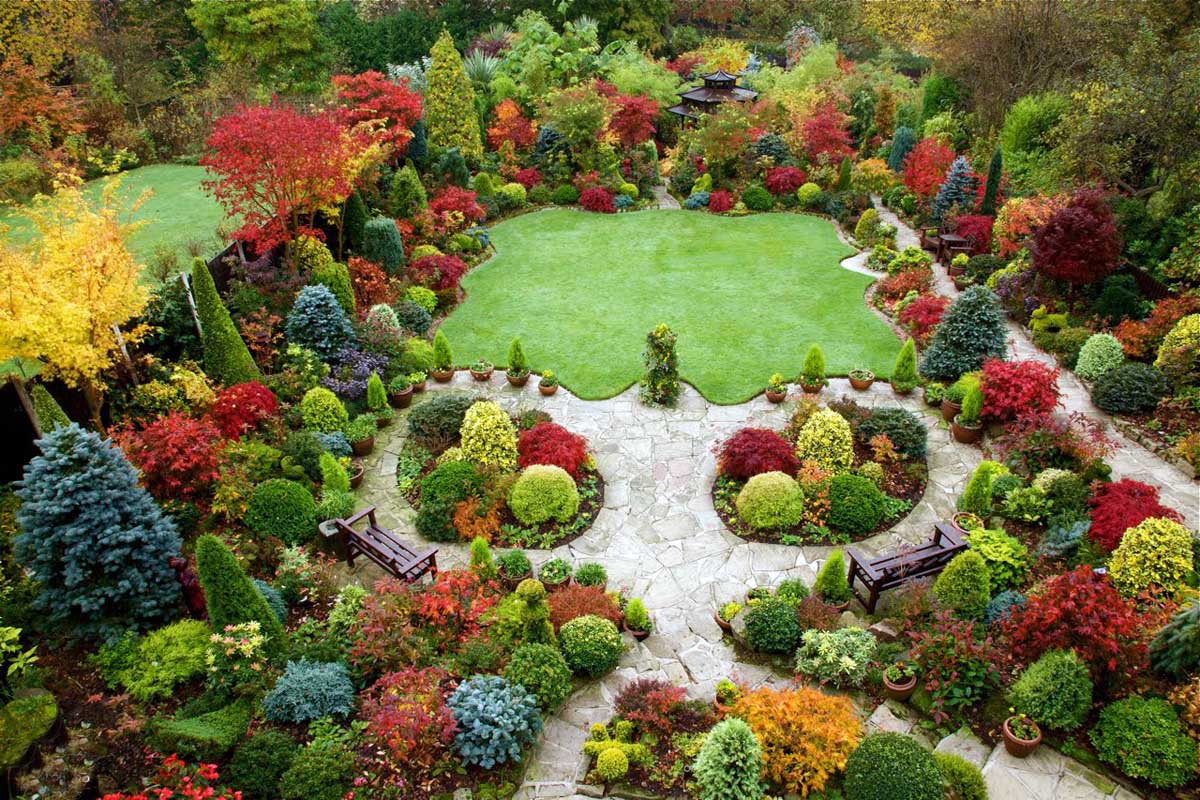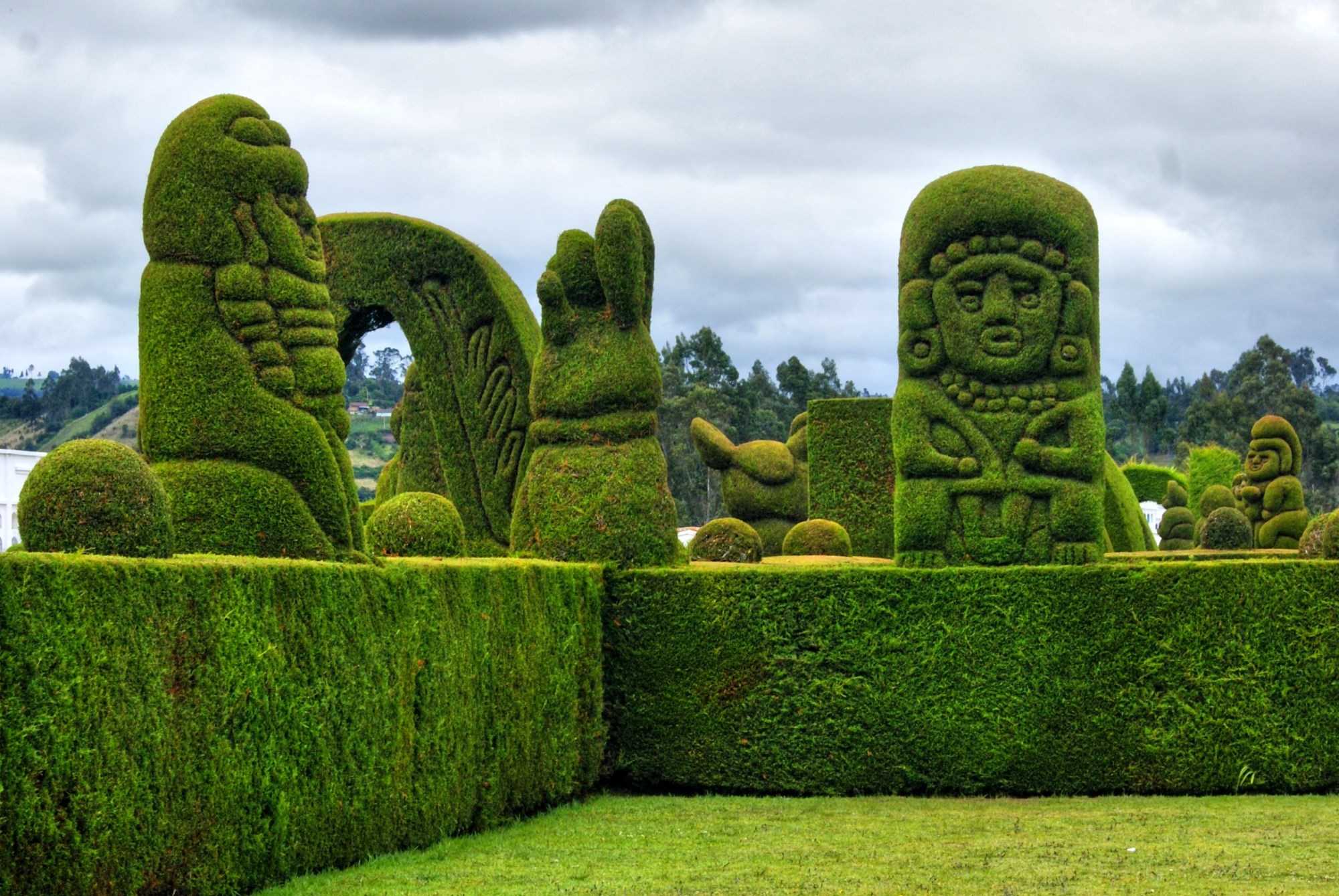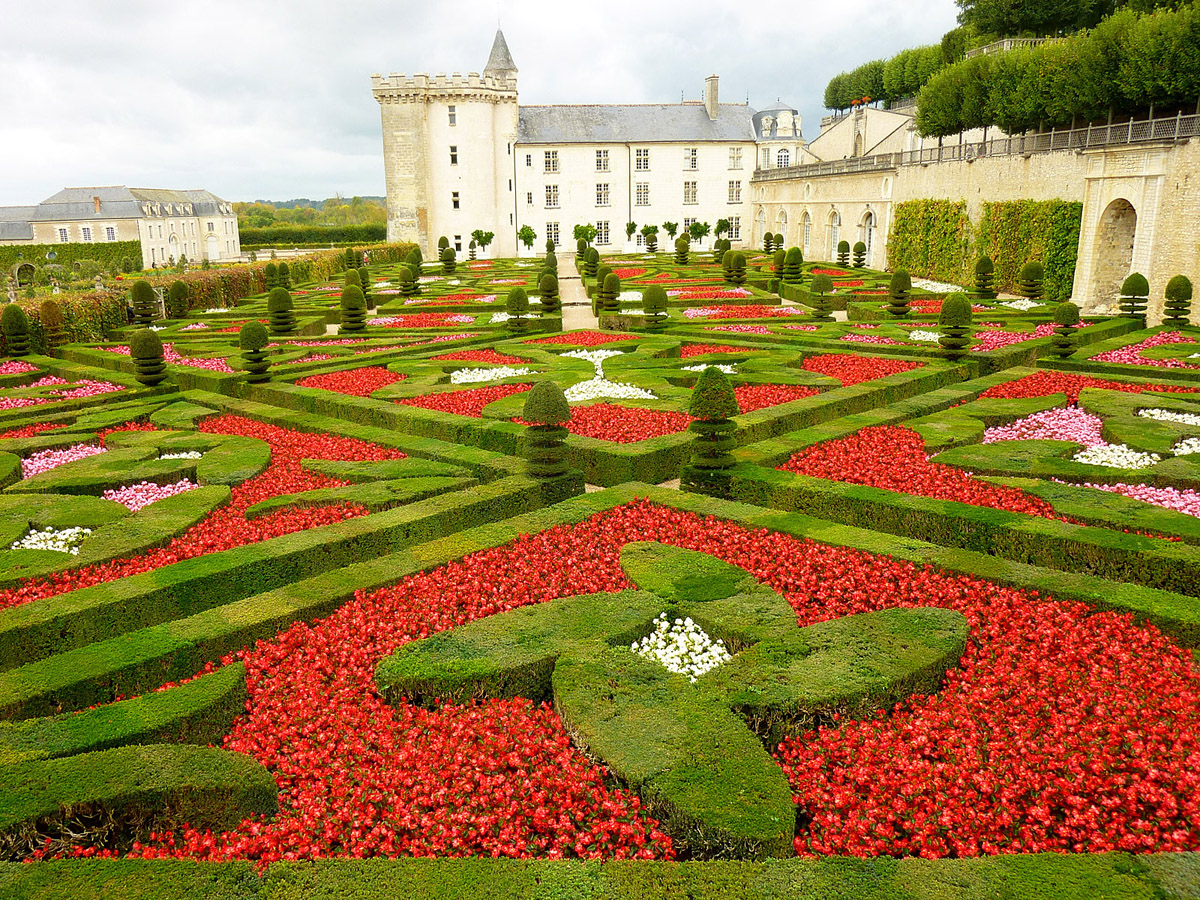Art of topiary

HOW IT WAS
To create magical gardens by cutting out birds, animals, fairy tale characters, and just to form the plants with correct geometric shape, people have started long ago. Experts believe the first topiary sculptures were the Hanging Gardens of Babylon. But the total infatuation for neatly trimmed lawns originated in ancient Rome: during reign of Julius Caesar evergreen shrubs began to resemble ships, castles, animals, birds, humans, and even temples.
A new wave of "green art haute couture" covered the Western Europe during the Renaissance. Fantasy scenery encountered along the walking paths, alleys, fences. Bushes were clipped to create intricate labyrinths, summer theaters, green rooms, flower beds. Each nobleman tried to stand out and create whimsical gardens in surprising shapes. Reaching the highest point of pretentiousness, craze faded away. And only thanks to the Americans, who not so long ago began to form shapes of the plants with metal and plastic frames, topiary gardens gained popularity again. Through artificial "skeleton" one can create shapes limited to the human imagination only. Current topiaries are multicolor, functional and mobile, and they range in size from desktop to large compositions that adorn the country houses and parks. Photo touringplans.com
Photo touringplans.com
DO IT YOURSELF
It is not that easy to create a topiary. One needs an expertise, a good imagination and patience. Speaking about the park sculptures, gardeners often use the notion of "educating the plant". For year after year, it is necessary to feed it and to cut it, as if accustoming to develop in the right direction. And to see in the future on the lawn a cute bear, a big-eared elephant or a turtle sunbathing under the hot sun, you need 6-7 years.
Those who have enough time and imagination, when get started, initially determine the place for their future masterpiece, draw on paper its design, select relevant plants. The latter are required to be endurable, slow growing, giving many springs. To create a topiary, the best are willow, pear, apple, linden, maple, fur-tree, juniper, arborvitae, currants, bloodroot, barberry, hawthorn, nine-bark. The, seedlings are planted into the soil, fertilized, and after a couple of seasons the basis of future masterpiece is formed, but only after 5 - 6 years gardeners can start clipping trees and shrubs into ornamental shapes. Photo laughingplace.com
Photo laughingplace.com
UNUSUALLY
This type of gardening art has many supporters, and those who are willing to admire topiary are millions. However, not many masters manage to impress public and gain worldwide fame.
To grow grass not along the road but in the middle, was a decision of the French Gaëlle Villedary. For this work, the small resort town in southern France Zhozhak was graced. It’s resolved, it’s done. Now, locals and visitors of the village can stride through the village walking exclusively on grass. The length of the unusual route of more than 400 meters. Fertilized with peat, it grows within the frame and does not lose its attractive look even after daily wearing out by soles. Green corridor passes through the stairs, goes round the corners, cuts through walls and even trees, and eventually leads the traveler behind the village to the nature.
William Gilbert of Somerset did not grudge the space on his field for the original topiary. In the middle of the wheat field, he formed a huge mustache 36.5 to 12 meters. The cultivation of grass to 1 meter took him about a year, and then he spent three days clipping grass into symbol of masculinity with the mower. This craft is best seen when flying over William’s farm.
Those who want to take a look at an unusual topiary, should go to... cemetery in Tulcán city that is in the North Ecuador. The Municipal Cemetery is visitors magnet not only for its eternal inhabitants, but thanks to a large number of unusual pieces of topiary. The whole space of the necropolis is densely filled with neatly trimmed cypresses. Most of them are Arab and pre-Columbian totems, figures of real and mythical animals/ Photo culturess.com
Photo culturess.com
Tourists love corn mazes in Yorkshire every year coming back there in the summer-autumn season. To warm-up interest for his creations, the owner of the topiary every year cuts out new routes. The total area equals to 15 Wembley Stadiums, and a height wall reaches 3 meters. The latter characteristic is especially appreciated by adventurers, as they say, such isolation especially aggravates feelings. To create his paths, the farmer each year plants half a million of new corn, the average length of a trail is 10 km. And in order to make trip among the corn even more interesting, the owner offers to visitors to find the treasure in his fields. For fans of the eccentric things, once a year, at one night it is allowed to wander through the maze in the altogether.
ETERNAL CLASSICS
One of the most ancient, but accepting visitors is century-old Ladew Topiary Gardens located in Maryland, the United States, that occupies a large area and is divided into 15 gardens including Pink Garden, Berry Garden, Victorian Garden and others. Green figures impress by accuracy and fine details. There are not-to-be-missed sceneries of chases for animals, tea ceremony, and a lot of fantasy creations.
The bicentennial Longwood Gardens in Pennsylvania are home to many lush greenery sculptures, sometimes striking by their simplicity and magic shapes. The pride of the collection is Christmas reindeer, always surrounded by kids.
Unusual park in the US state of Ohio recreates the famous pointillist painting by the French postimpressionist painter Georges Seurat A Sunday Afternoon on the Island of La Grande Jatte. This wonderful park was created by the American sculptor James T. Mason. To create green masterpiece, he spent 4 years and as every creative person, has decided to bring his own details into the picture of the painter. For instance, a man that smokes a pipe in a park, is looking at the flower garden, which is absent on the canvas. There is no Seine in the park, but a small lake. Recreating the picture, Mason grew rooted-to-the-earth sculptures of 54 human figures, eight boats, three dogs, one cat and one monkey.
Among the famous European topiary gardens there is the Drummond Park, Scotland. In the 15th century, it was an orchard which with time became a recreation area for the nobility. Park is unique for the fact that is located on the hills, so the whole Victorian style green splendor can be seen from a height of 18 meters. This famously picturesque destination is especially crowded in autumn, when the trees of the garden get wrapped into a crimson foliage.
Another oldest garden stretches over the estate Levens Hall, UK. It was planted in the 17th century, and since then remains largely intact. Although during this time ten head gardeners changed, they tried not to bring anything new, maintaining the original idea. There is a lot of geometry here. This dreamlike sight features lush greenery groomed to mimic chess pieces, Moroccan pitchers, bizarre creatures resting on the glades, kings and queens looking from the corners.
However, the real treasure of topiary art is terraced gardens of Château de Villandry, France. Struck by such splendor, UNESCO took it under its protection. Photo dreamstime.com
Photo dreamstime.com
Cover photo Montreal Botanical Garden, Canada touringplans.com





















